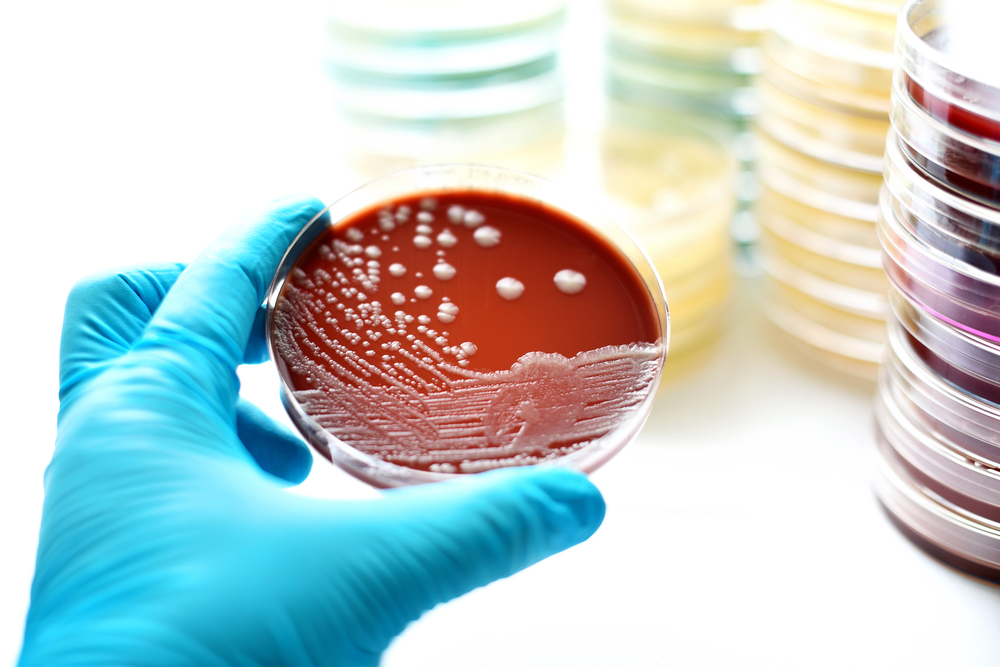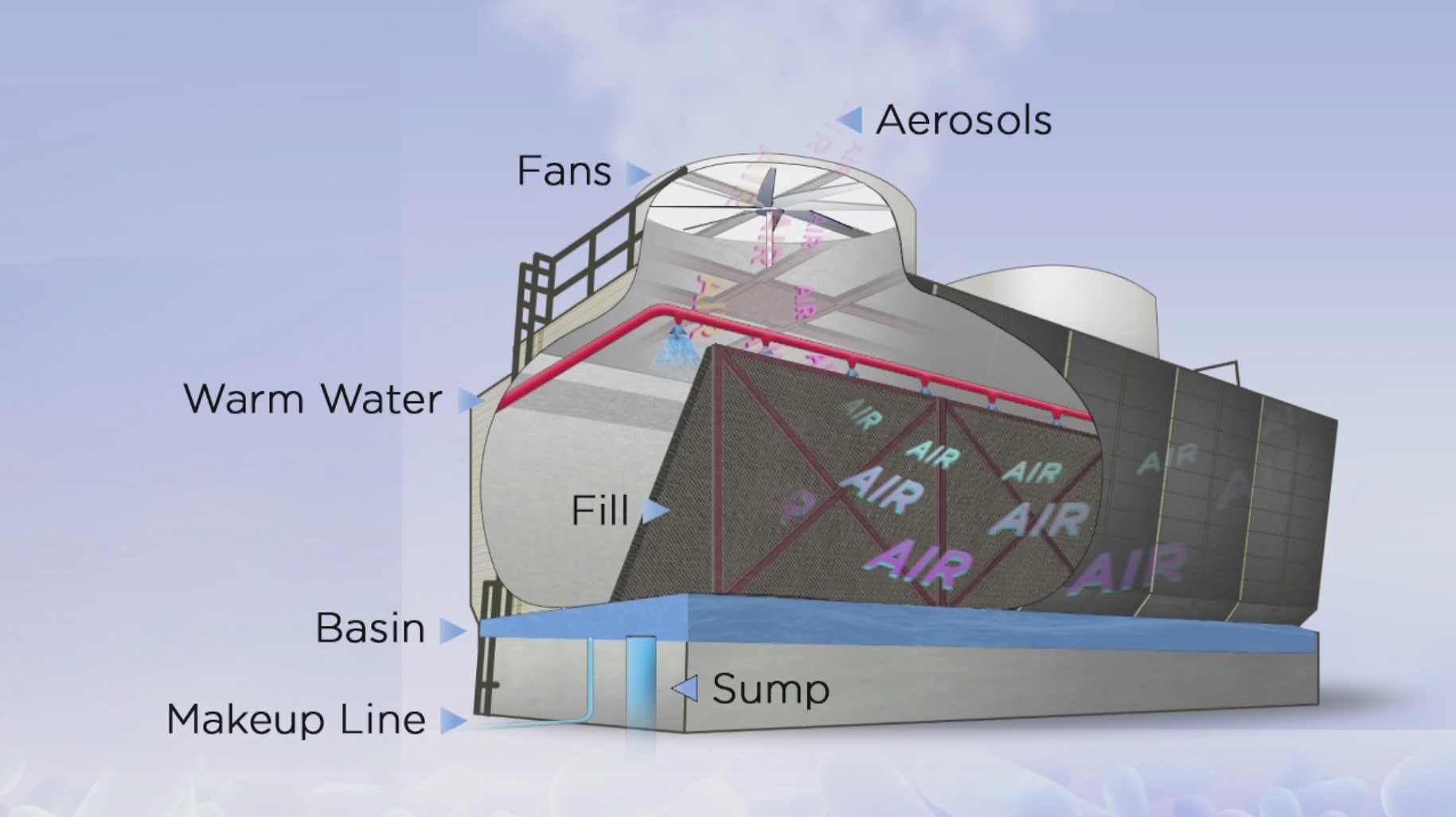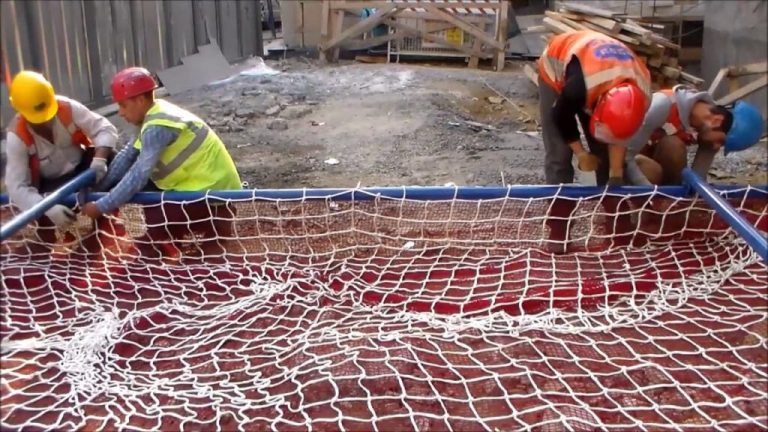Recent Legionella Findings Underscore Urban Water System Safety in Hong Kong
In a routine health and safety inspection that highlights the critical importance of infrastructure maintenance, Hong Kong’s Electrical and Mechanical Services Department (EMSD) discovered potentially dangerous bacteria levels in four freshwater cooling towers across the city. The investigation, conducted last month, revealed Legionella bacteria concentrations exceeding recommended safety thresholds in specific buildings, prompting immediate protective measures.

Out of 99 cooling towers tested across 62 buildings, four locations were found to have bacterial levels meeting or surpassing 1,000 colony-forming units per milliliter—a concentration considered a significant health risk. The affected sites span multiple districts, including North Point, Tsuen Wan, and other urban areas, demonstrating the widespread potential for such environmental health challenges.

The specific locations identified include Ming Sau Building on Chun Yeung Street, Hong Kong Garden Commercial Complex on Castle Peak Road, Cheung Fung Industrial Building on Pak Tin Par Street, and properties on Sham Hong Road in Tsuen Wan. While these findings might sound alarming, the swift and systematic response from authorities provides reassurance about the city’s commitment to public safety.

Legionella bacteria, commonly present in water systems, pose a serious health threat if individuals inhale contaminated water droplets or mist. The bacteria can cause Legionnaires’ disease, a severe form of pneumonia that can be particularly dangerous for vulnerable populations. This underscores why routine inspections and proactive maintenance are crucial in densely populated urban environments.

Upon discovering the elevated bacteria levels, the EMSD immediately issued Nuisance notices to the affected buildings’ owners. These official directives required comprehensive disinfection procedures to eliminate the bacterial risk and ensure water system safety. Encouragingly, all property owners promptly complied with the instructions, completing the necessary remediation steps.

The incident serves as a powerful reminder of the ongoing need for vigilant infrastructure management. While no illness cases were reported in connection with these findings, the potential health risks cannot be overlooked. Regular monitoring and maintenance of cooling towers and water systems represent a critical line of defense against potential public health threats.
For urban residents and property managers, this situation offers valuable insights. It demonstrates that even in well-maintained cities, continuous surveillance and quick response mechanisms are essential. The collaborative approach between government agencies and property owners in addressing such challenges reflects a robust public health strategy.
The EMSD’s proactive inspection approach plays a pivotal role in identifying and mitigating environmental health risks. By systematically testing water systems and taking immediate corrective actions, they help prevent potential disease outbreaks before they can develop into more serious public health concerns.
Those interested in staying informed about such local developments can download The Standard app, which provides comprehensive coverage of significant events and updates in Hong Kong. The app offers an accessible way for residents and stakeholders to remain connected with important community health and safety information.
This recent Legionella discovery is not just a localized incident but a broader reminder of the intricate relationship between urban infrastructure, environmental monitoring, and public health. It underscores the importance of continuous vigilance, professional maintenance, and responsive governance in protecting community well-being.











